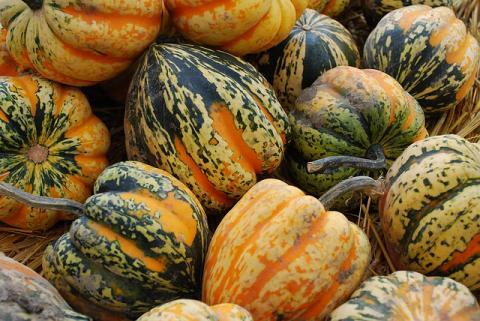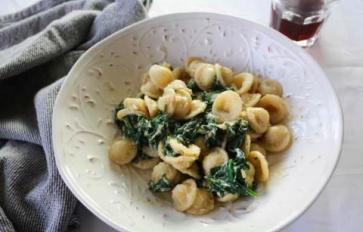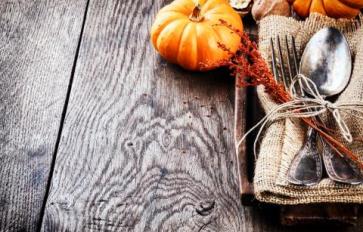
The leaves have begun to burst in bright colors of red, orange, and yellow, and the cool nights have set in. Fall has arrived. And that means, squash!
The winter squash that was planted in the spring is ready for harvest. Butternuts, acorn, spaghetti, and blue hubbard – the time has come to put them in storage for the winter ahead. With shelf lives ranging from a month to six, you can enjoy the bounty of fall preparing soups, stews, and roasted squash all winter long. Here are some tips on how to keep squash throughout the cold months to come.
Picking Squash
When determining if squash is ready for the picking, take a look at the leaves. In order to store squash, it needs to have reached maturity. Dried up vines are an indicator the squash is mature. Another is the rind. If the rind is tough and dull in color, the squash is ready.
When you have determined that the squash is mature, pick the squash with some of the stem intact. This is important in preventing the squash from rotting. A stemless squash leaves the flesh exposed and that means it won't keep.
Curing Squash
Curing winter squash will help preserve it through the winter – except for acorn, it shortens the shelf life. What is curing, you ask?
Curing is simply laying out the squash in a warm room, about 80°F, with good air circulation for 10-14 days. This process gets rid of any excess water inside the squash, which reduces the likelihood of rot, and increases ability to store.
Storing Squash
Once the squash has been cured, store it on a rack in a cool dry room. Keep the room around 50° F, with acorn squash getting no warmer than 55° F. Be sure to arrange the squash in a single row with good air circulation.
As far as how long each squash will keep, the typical rule is: the thicker the skin, the longer it keeps. Acorn and spaghetti squash are best to eat within a month. Buttercup lasts about 3 months. Butternut and blue hubbards last longer, around 6 months.








